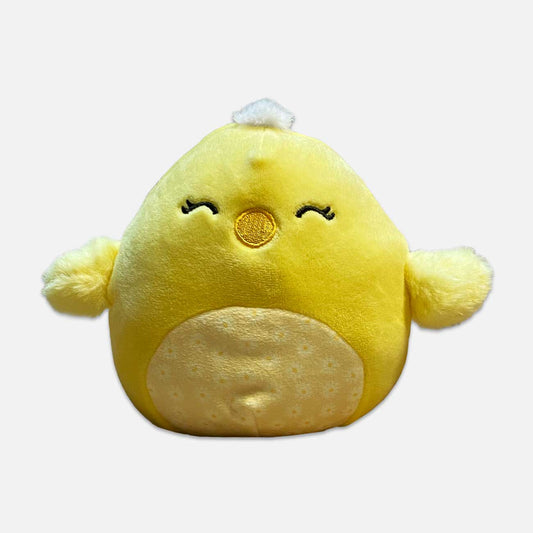Hey, Pet Parents!
We know that exercise is not just a human thing. Your pet needs it just as much, and not just to burn off energy from that last treat they sneaked away with! Whether you are walking your pup, tossing toys around the house, or setting up a DIY obstacle course in the backyard, routine exercise plays an important role in your pet’s health and happiness. Let’s explore exactly why, and how moving your dog's paws can make a huge difference in your pet’s life.
Exercise Keeps Their Body in Tip-Top Shape
Exercise can help prevent your pet from becoming obese. According to veterinary studies, obesity is one of the most common health problems in pets and it can lead to serious issues like diabetes, heart disease, and joint problems. It is believed that when your pet’s weight is at least 20% greater than its ideal weight your pet starts entering the “obese” stage. For example, if your pet’s ideal weight is 50 pounds, but your pet weighs over 60 pounds, your pet would be considered in “obese” territory. Just like us, pets can pack on extra pounds if they don’t move enough.
Exercise does not just lower the chances of your furry friend becoming obese, it also strengthens your furry friend’s heart and keeps their muscles flexible. This is especially important as they age and become more prone to injuries or stiffness.
Another benefit to regular movement for your pet is that exercise boosts your pet’s mobility. Motion is lotion for their joints! This means something as easy as walks, fetch sessions, or even light jogging can help prevent arthritis or other mobility issues later in life.
Fun Fact: Did you know, dogs that engage in daily physical activity tend to live longer and require fewer vet visits than pets that partake in less physical activity?
Exercise Is Great for Your Pet’s Mind Too
Dogs and cats can suffer from stress and anxiety, especially when they’re cooped up in small environments. The great news is that physical activity helps reduce anxiety and boredom by releasing feel-good chemicals like endorphins, dopamine and serotonin which can improve your pet’s mood, which can in return reduce anxious behaviors like barking, chewing, or scratching.
Another thing us pet owners should also remember is that as our pets get older, their mental stimulation becomes just as important as physical activity. This means fun and interactive games like hide-and-seek or training new tricks can help keep their brain sharp.
Exercise can also help better your pet’s behavior. Have you ever noticed your dog is more relaxed after a long walk or a fun time at the park? That’s because physical activity helps burn off excess energy that could otherwise lead to some kind of misbehavior at home or in public.
Did You Know? Studies show that physical activity in dogs reduces signs of cognitive decline and may even delay symptoms of canine dementia. Canine dementia involves a gradual decline in cognitive abilities, impacting a dog's memory, awareness, and ability to learn new things as they get older. The good news is studies have shown so far that exercise can help decrease the chances of your dog being impacted by symptoms of canine dementia.
Exercise Can Help Strengthen Your Bond With Your Pet
Even though we have shared so far about why regular exercise is essential for your pet’s health and happiness, it is also important to remember one of the best benefits that comes with helping your pet get regular exercise. That benefit we are talking about is how the bond between you and your pet becomes stronger. Every walk, game of tug-of-war, or fetch session is more than just fun, it is a bonding experience. Regular play builds trust and helps your pet feel loved, safe, and more connected to you.
For pets, you are their whole world, and quality time together through movement helps them feel emotionally secure and content.
Tailoring An Exercise Routine to Your Pet
Every pet is different, and their activity level should reflect that. Below are some suggestions for exercise routines for you to consider based on the size and nature of your pet.
-
Puppies & Young Pets: High-energy play multiple times a day (hello zoomies!)
-
Seniors: Gentle walks and stretching to keep joints limber
- Short-Nosed Breeds (like Bulldogs or Pugs): Avoid overexertion; short, cool-weather walks are ideal
-
High-Energy Breeds (like Border Collies or Huskies): Mental challenges (puzzle toys) plus plenty of movement
Pro Tip: Always keep fresh water nearby, especially after exercise, and monitor your pet for signs of overheating or fatigue.
Conclusion: Healthy Body, Happy Tail
Exercise is not just about physical health. It is also about joy, stimulation, and strengthening the relationship between you and your pet. When you commit to a daily routine, you are not only helping your pet live longer, you are making every day together more fun and fulfilling.
Ready to get moving? Grab the leash, toss a toy, or schedule a quick backyard play session. Your furry best friend will thank you with extra tail wags, happy zoomies, and snuggles at the end of the day.
Looking for toys or gear to help your pup stay active? Click here to check out Pawty Little Things’ collection of pet toys and accessories designed for everyday play!
Sources:
American Kennel Club. “Dog Exercise and Mental Health: Why They Need to Move.” AKC, 24 Mar. 2023, www.akc.org/expert-advice/health/dog-exercise-mental-health/.
Severna Park Veterinary Hospital. “The Importance of Pet Exercise.” Severna Park Veterinary Hospital, www.severnaparkvh.com/the-importance-of-pet-exercise/.
The Vets. “Physical and Mental Benefits of Exercise for Pets.” The Vets, www.thevets.com/resources/pet-health-care/physical-and-mental-benefits-of-exercise-for-pets/.
Alpha Rehab & Fitness. “Mental Benefits of Canine Fitness: How Exercise Improves a Dog’s Emotional Well-being.” Alpha Rehab & Fitness, www.alpharehabandfitness.com/blog/mental-benefits-of-canine-fitness-how-exercise-improves-a-dogs-emotional-well-being/.








